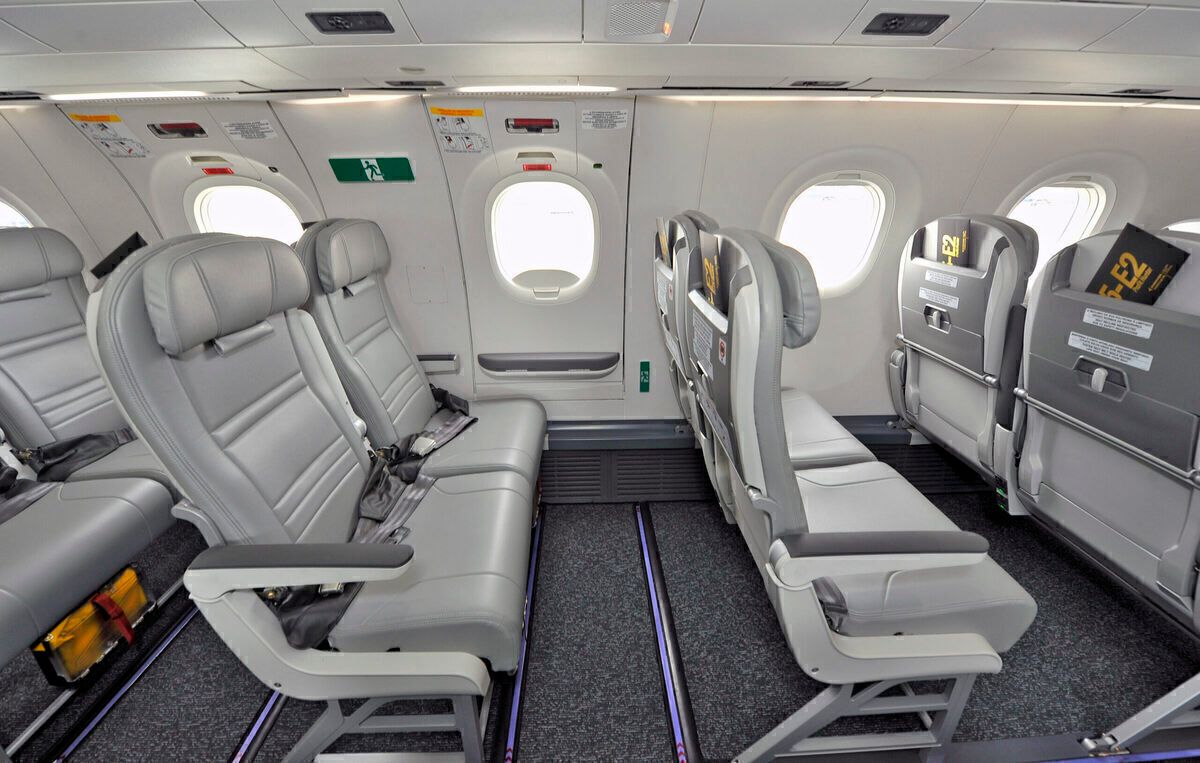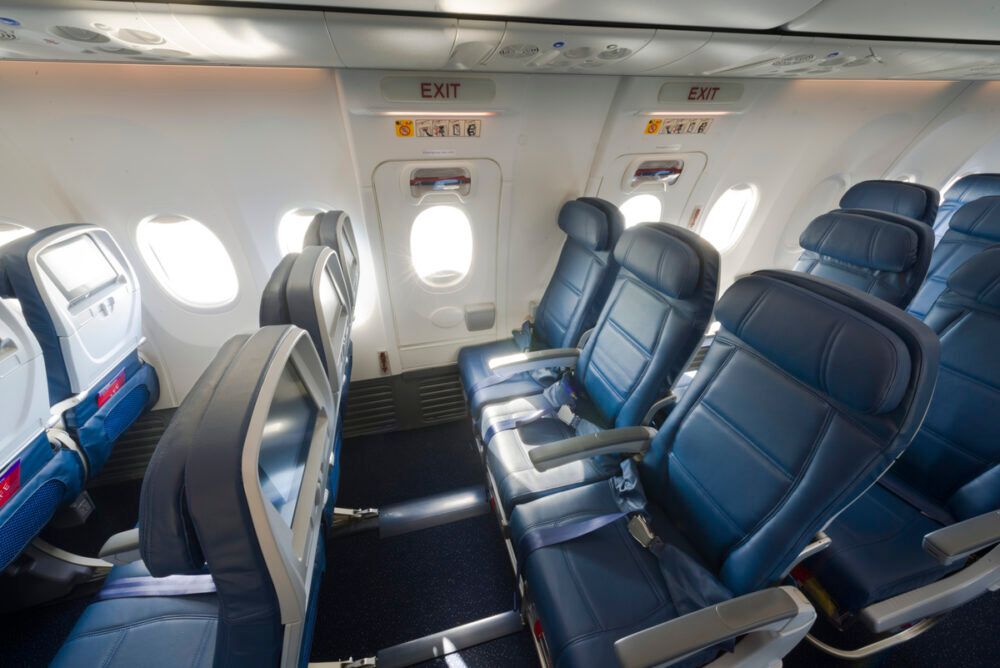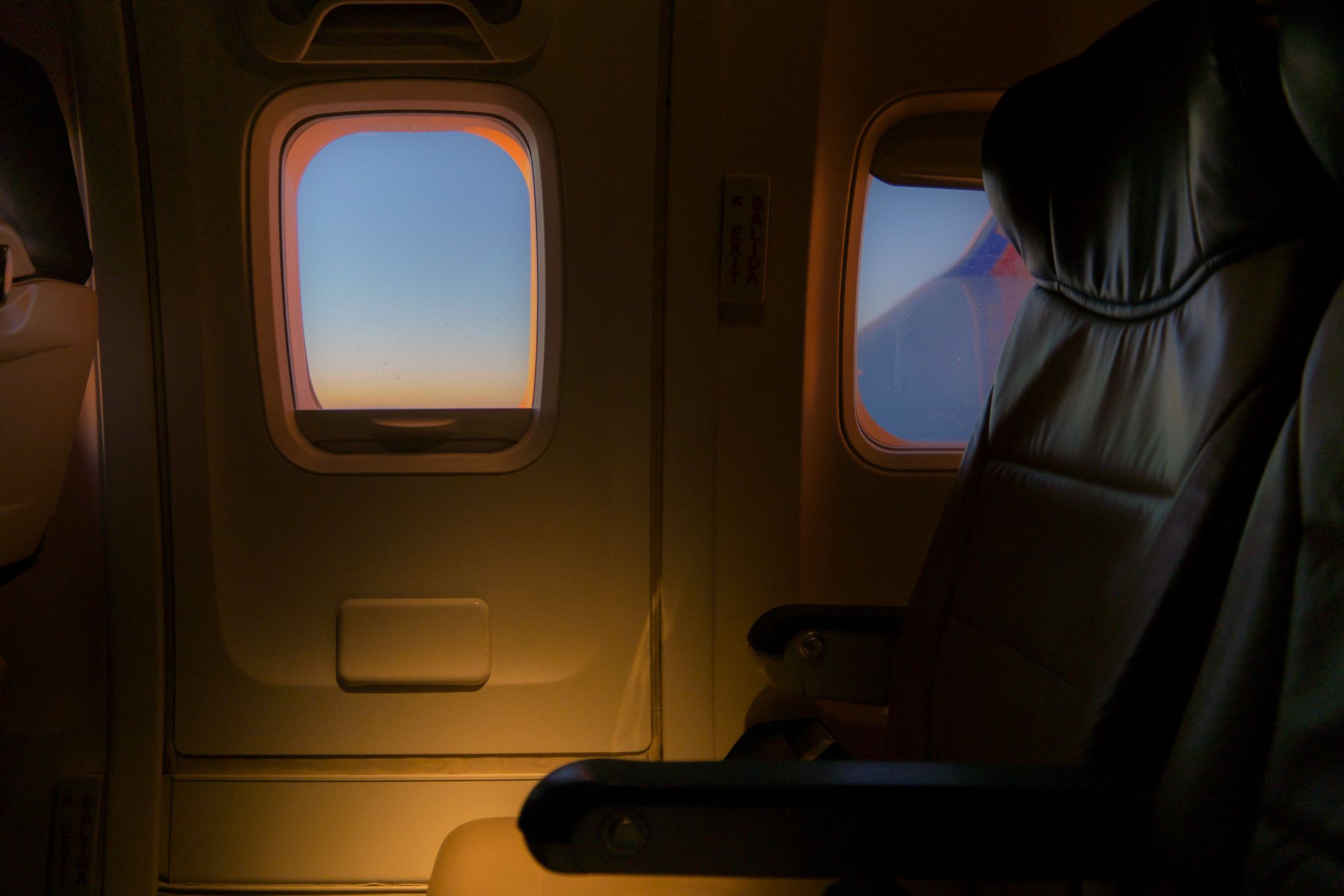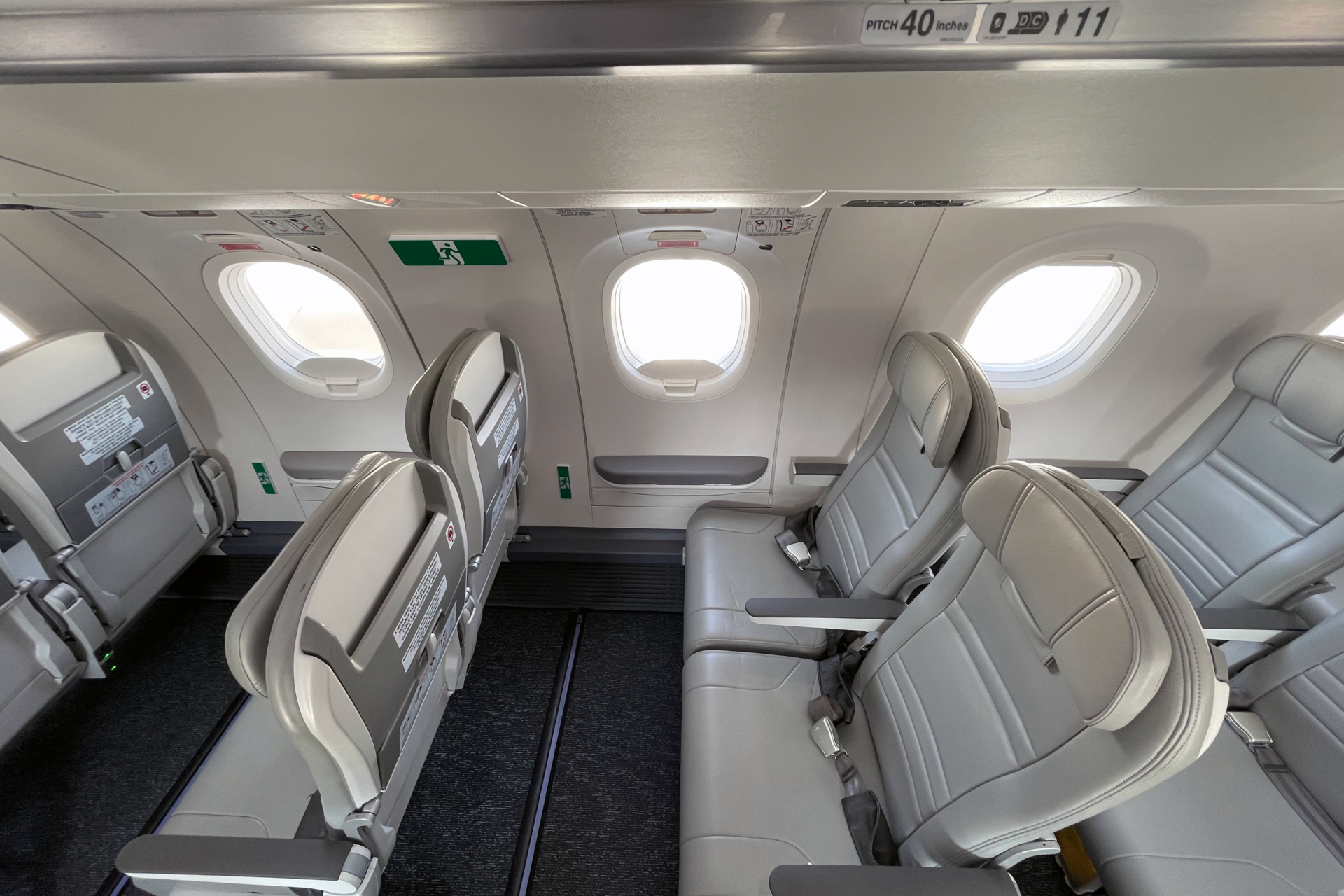If you’ve ever enjoyed the extra legroom available in the exit rows of an airplane, you might have noticed another subtle difference with these seats. On most models of aircraft, the window blind in the exit row pulls up to close, rather than pulling down as they do at other seats. Do you know why this is the case? Let's take a look.
The myth
There has long been an explanation for the upwardly sliding window shades on emergency exit rows that has circulated. In many cases, this has been accepted as the truth. While conventional shades slide down fairly freely, this could be a problem in the case, for example, of a sudden impact that caused them to descend.
Cabin crew will generally ask passengers to fully open their window shades for takeoff and landing. This isn’t written into aviation regulations anywhere, but there are good reasons for it. From allowing passengers’ eyes to adjust to the darkness (or brightness) of the outside world to letting rescue crews see inside, having a visual line of sight between the cabin and the exterior is seen as a safety benefit.
But what if that aircraft makes a very hard landing? Equally, it might experience a runway excursion and rumble off over rough ground? In extreme situations, aircraft may even need to make belly landings. These types of incidents could surely cause the pull-down shades to unwantedly descend, blocking the view to the outside.
Stay informed: Sign up for our daily and weekly aviation news digests.
For this reason, the well-meaning but not quite right explanation for the upward moving shades on exit rows has been because they will open, not close, in the event of a sudden impact. While technically correct, this is more of a side benefit of the real reason for this design nuance, and it certainly doesn't tell us the whole story.
The truth
Overwing exits come in a few different designs, but all essentially serve the same purpose: to get people out of the plane. They are usually smaller than aircraft doors but need to be large enough to allow passengers to leave the aircraft. Some have a lifting mechanism, which keeps them attached to the aircraft but lets them open upwards. Meanwhile, others completely come away from the fuselage.
In any case, one thing that most modern overwing exits have in common is an emergency handle located at the top of the panel. This handle releases the exit from the fuselage, allowing it to be opened. There is a corresponding handle on the outside of the aircraft, and this allows rescuers to open the door externally.
The airline industry is always full of new developments! What aviation news will you check out next?
It is this handle that is the simple explanation for why these shades close upwards and not downwards. There is simply no space for the blind to retract within the panel above the window. Below the window, of course, there is plenty of space, which is why the blind goes that way. Perhaps there are other benefits to having the blinds retract in this direction, but this is the reason it was designed this way.
Who can sit in exit rows?
In the vast majority of case, passengers sitting in an aircraft's exit row(s) will not have to operate the emergency door next to them. Nonetheless, with the probability of having to evacuate the aircraft being slim but non non-existent, there are certain regulations in place with regards to who can and can't sit in such seats.
For example, the Washington Post notes that FAA rules dictate that such passengers must be at least 15 years old. Furthermore, they require 'sufficient mobility, strength and dexterity' in their arms, hands, and legs. British Airways advises that, per CAA rules, exit row passengers "must be non-disabled adults in full fitness and able to understand printed and verbal instructions given in English."
Did you know about the reasons behind exit rows' upside-down window shades? Have you ever sat in one of these rows? Let us know your thoughts and experiences in the comments.
Sources: British Airways, Washington Post




